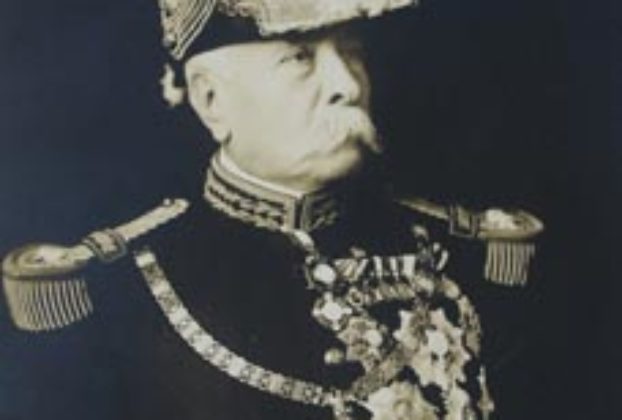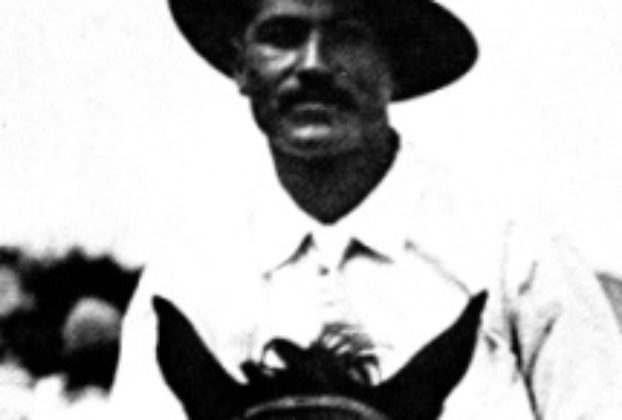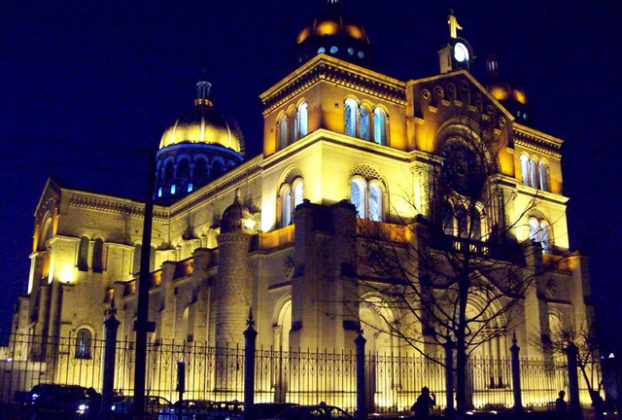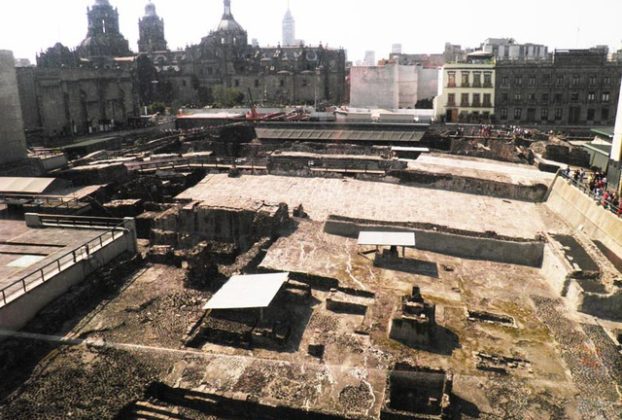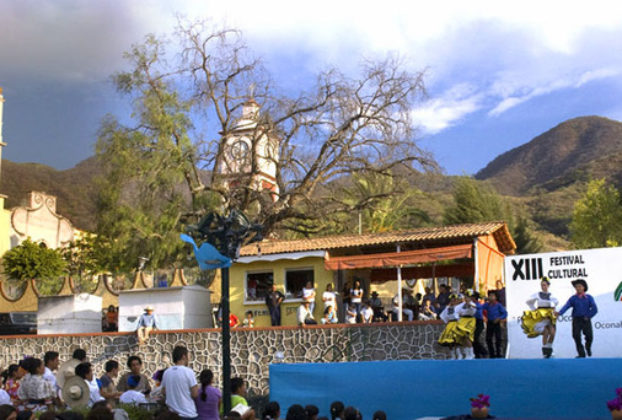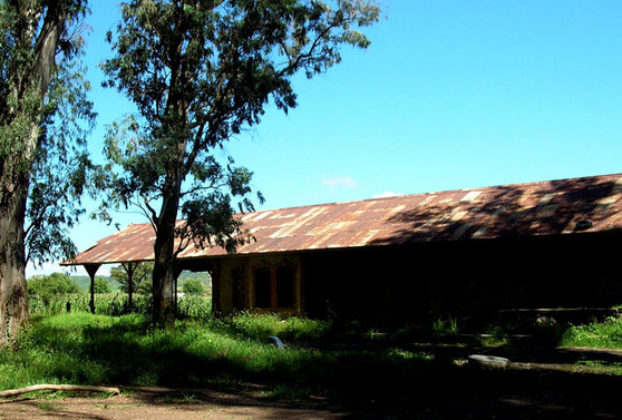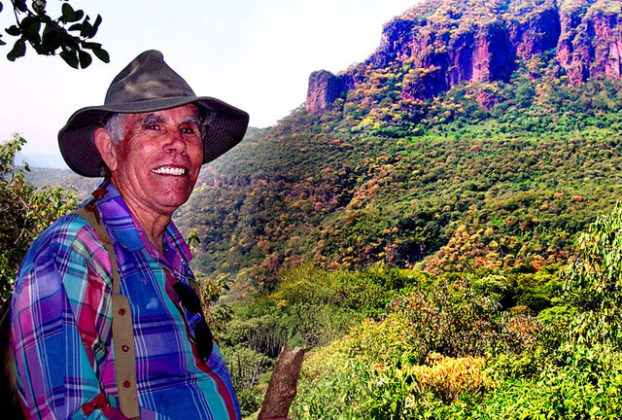Los Caudillos, Mexico’s masters
The dictionary defines the word Caudillo as “a politician backed by a military force” and a study of Mexican history reveals a country that from its very beginning until well into the 20th Century was controlled by men whose had seized power by force rather than through the electoral process. Another definition of Caudillo is “strongman” and in this […]
Continue Reading
